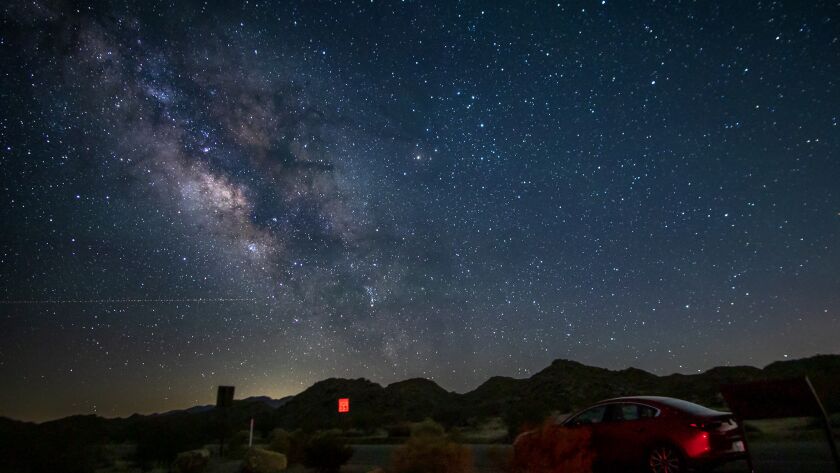How an effort to reduce fossil fuel use led to another environmental problem: light pollution
Author: SUMEET KULKARNI
In 2014, Los Angeles cut its annual carbon emissions by 43% and saved $9 million in energy costs by replacing the bulbs in more than half of the city’s street lamps with light-emitting diodes. That year, the Nobel Prize in physics went to three scientists whose work made those LEDs possible. “As about one fourth of world electricity consumption is used for lighting purposes, the LEDs contribute to saving the Earth’s resources,” the Nobel committee explained when it announced the award. For more than a century, most sources of artificial light wasted energy in the form of heat. LEDs are much more efficient, requiring less than 25% of the energy consumed by an incandescent lamp. By 2020, LEDs accounted for 51% of global lighting sales, up from just 1% in 2010, according to the International Energy Agency, an intergovernmental organization that analyzes global energy data. LEDs, in contrast, give off cooler bluish-white tones that exacerbate light pollution for the same reason that the sky is blue.The one good thing about light pollution is that, unlike pollution caused by chemicals or plastics, it’s fully reversible. Simply turn off enough lights and the dark skies will be back in an instant.

